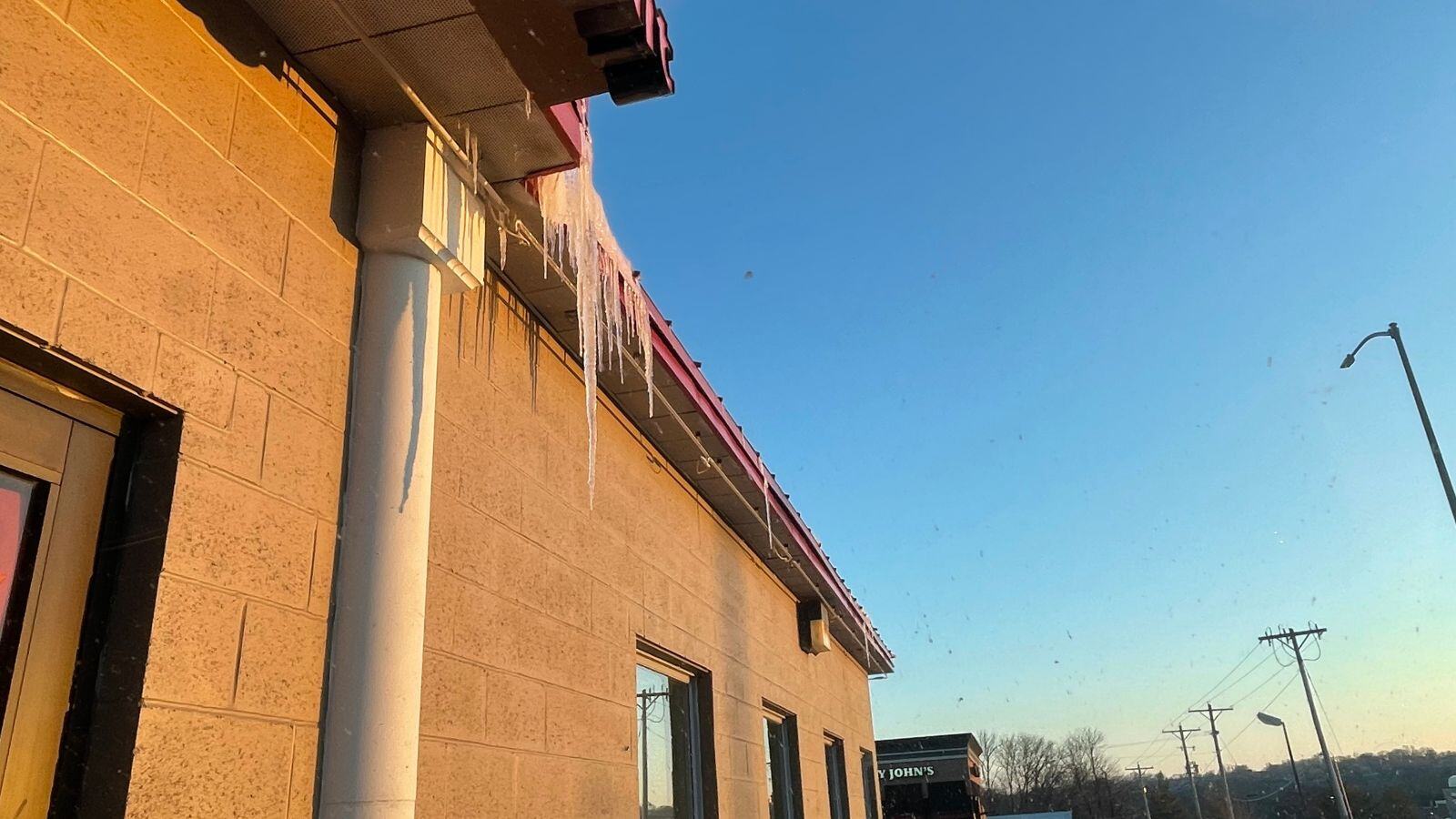6 Steps for Proper Water Extraction & Building Restoration
Water damage in commercial buildings can be a costly and time consuming issue to fix. The worst part is, sometimes the damage isn’t known until it...
.jpg)
If your building experiences flooding, you can trust that CRC knows how to handle water and storm damage. Call us right away so that we can address it, help prevent further damage and mitigate your losses. The quicker we can take care of it the better, that’s why we offer emergency response 24 hours a day and seven days a week.
When your building floods, it’s natural to be at a loss and unsure of next steps. Here are some tips on what actions you can take to help the process of getting your building back to normal.
As soon as you are safe, call your insurance company. If you can, take photographs of the damage to give to your agent. If the flooding has forced you to stay in a hotel or you’ve had to buy repair materials, be sure to keep the receipts because you may get reimbursed by your insurance company.
Check the pipes inside and outside your building. If you need to, shut off the building’s water supply at the main valve. If your building experiences sewage backup, don’t use any other sink or toilet.
If a storm caused the flooding, find out if your roof is damaged or missing shingles. If it’s a small area just cover it with a plastic sheet or tarpaulin.
Any appliances need to be unplugged if their power source is exposed to water. Turn off the power at the main circuit breaker. Electric sparks, frayed wires, and wires that were submerged are big problems. Don’t plug them back in until it’s safe.
If you have any concerns about your safety, your best bet is to call CRC. We are used to this type of situation and utilize proven safety measures. Water damage restoration can be dangerous, and you should always leave it to the professionals. We want you to be safe, but if you take any action before you call us, here are some tips:
Experiencing a flood in your building can be a devastating event, but you don't have to face it alone. Our team of experts at CRC is here to assist you in the recovery process. With our extensive knowledge and experience in handling water and storm damage, we are equipped to handle any situation. Don't hesitate to reach out to us immediately to prevent further loss.

Water damage in commercial buildings can be a costly and time consuming issue to fix. The worst part is, sometimes the damage isn’t known until it...

Spring thaw varies depending on your location, but as winter fades and warmer temperatures take over, commercial properties face new challenges. Snow...
.jpg)
Appliances have a limited lifespan and can eventually result in water damage, especially water heaters. It is crucial to be able to identify...